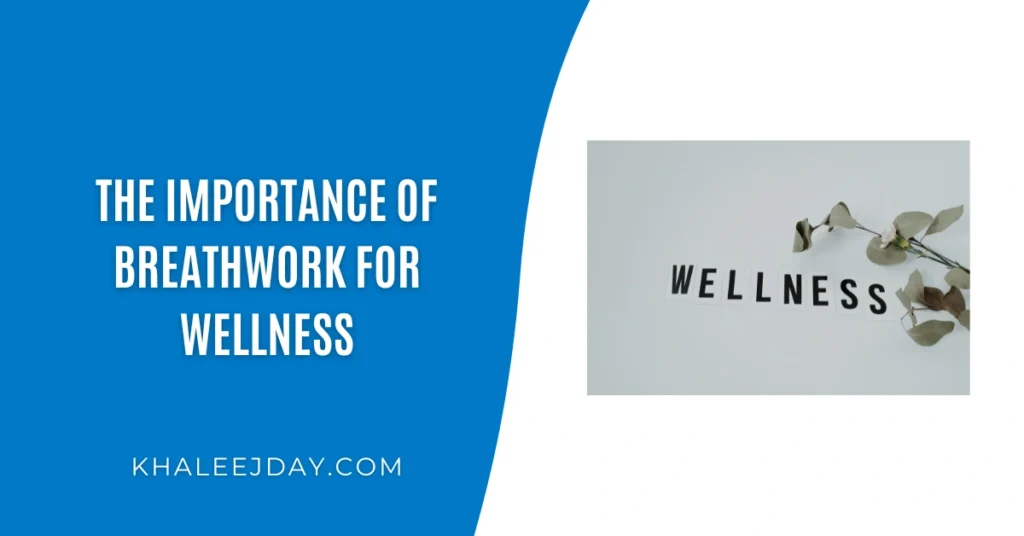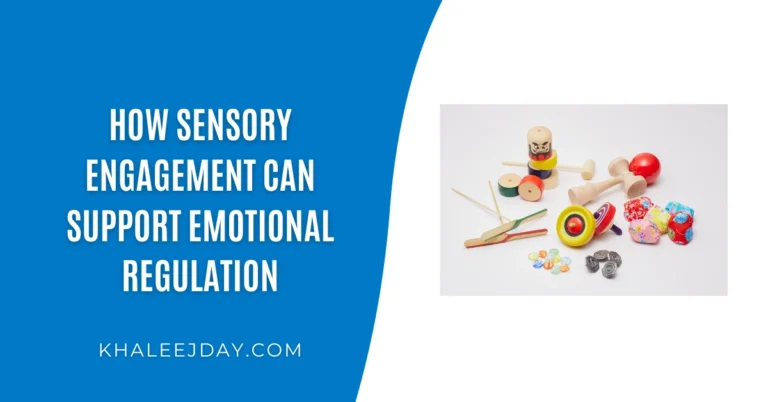The Importance of Breathwork for Wellness
How Conscious Breathing Can Transform Your Mind, Body, and Spirit
In a world that never seems to slow down, stress, anxiety, and disconnection have become everyday experiences for many. We turn to meditation, therapy, movement, and even technology to find peace, but often overlook one of the most accessible and powerful tools available to us: our breath.

Breathwork, the practice of conscious, controlled breathing, has gained tremendous attention in wellness circles—and for good reason. It’s free, immediate, and deeply transformative. From calming the nervous system to releasing emotional blockages, breathwork has become a cornerstone of modern holistic health practices.
In this article, we’ll explore why breathwork is essential for wellness, the science behind it, different types of practices, and how to incorporate it into your life, no matter your lifestyle or experience level. Explore breathwork in Dubai at Miracles Wellness center in Dubai.
What Is Breathwork?
Breathwork refers to intentional breathing techniques designed to influence your physical, emotional, and mental states. Unlike unconscious breathing (which you do automatically), breathwork is deliberate and purposeful.
At its core, it involves changing the rhythm, depth, and pattern of the breath to:
- Calm the mind
- Reduce stress
- Process emotions
- Energize the body
- Achieve altered or expanded states of awareness
These techniques have been used for centuries across cultures—whether in yogic pranayama, Buddhist meditation, Indigenous rituals, or modern therapeutic settings.
Why Breathwork Matters for Wellness
Breathing is the only bodily function that is both automatic and controllable. That means you can use it to consciously regulate other systems in your body, such as:
- The nervous system (sympathetic vs. parasympathetic)
- The cardiovascular system (heart rate, blood pressure)
- The endocrine system (hormonal release)
- The emotional brain (amygdala and limbic system)
By mastering your breath, you gain direct access to regulating your:
- Emotions
- Energy levels
- Mental clarity
- Immune system
- Sleep cycles
Let’s dive into the benefits.
Key Benefits of Breathwork
1. Reduces Stress and Anxiety
When we’re stressed, we often take shallow, fast breaths (or even hold our breath), signaling to the brain that we’re in danger. Breathwork reverses this stress response by:
- Slowing down the breath
- Activating the parasympathetic nervous system (rest and digest)
- Lowering cortisol levels (the stress hormone)
Just a few minutes of deep breathing can calm panic, ease anxiety, and create a sense of inner safety.
2. Improves Mental Clarity and Focus
Breathwork increases oxygen flow to the brain, which enhances cognitive function, alertness, and decision-making. Techniques like box breathing or alternate nostril breathing are particularly effective for sharpening concentration before meetings, exams, or creative work.
3. Supports Emotional Release and Healing
Many of us suppress emotions—whether it’s anger, grief, fear, or shame. These emotions can get “stuck” in the body, leading to physical and psychological tension. Certain breathwork techniques (e.g., Conscious Connected Breathing or Holotropic Breathwork) can bring repressed emotions to the surface for safe release and integration.
4. Boosts Energy and Vitality
Specific breathwork styles, like Kapalabhati (breath of fire) or Wim Hof Method, stimulate the sympathetic nervous system to create an energizing effect—better than coffee and without the crash.
5. Strengthens the Immune System
Breathwork can improve blood circulation, oxygenation, and lymphatic drainage—key components of a healthy immune system. Techniques that activate alkalinity in the body (like Wim Hof breathing) have been shown to reduce inflammation and increase resistance to illness.
6. Improves Sleep and Relaxation
Struggling to sleep? Breathwork activates the vagus nerve, helping your body shift from “fight or flight” to “rest and repair.” Techniques like 4-7-8 breathing and belly breathing are perfect before bedtime.
7. Enhances Self-Awareness and Spiritual Growth
Many people report a sense of oneness, intuition, or spiritual awakening during deep breathwork sessions. This makes breathwork a valuable tool not only for physical health but also for personal transformation and consciousness expansion.
Scientific Support for Breathwork
Modern science is catching up with what ancient traditions have known for centuries. Research now confirms the power of breath:
- Stanford University researchers found that controlled breathing positively influences brain regions tied to attention, emotion, and body awareness.
- A 2020 study in Frontiers in Human Neuroscience showed that breathwork reduces symptoms of depression, anxiety, and PTSD.
- Studies on the Wim Hof Method demonstrated improved immune response and reduced inflammatory markers after breathwork and cold exposure.
These findings prove that breath is more than just air—it’s medicine.
Different Types of Breathwork
There are many schools and techniques, each with unique goals and effects. Some of the most popular include:
🔹 Pranayama (Yogic Breath Control)
Originating in ancient India, pranayama involves various techniques like:
- Nadi Shodhana (alternate nostril breathing) – balances energy and calms the mind
- Ujjayi (victorious breath) – builds inner heat and focus
- Bhramari (humming bee breath) – soothes anxiety and insomnia
🔹 Box Breathing (Tactical Breathing)
Used by Navy SEALs and high performers:
- Inhale 4 seconds
- Hold 4 seconds
- Exhale 4 seconds
- Hold 4 seconds
Repeat. It promotes calm under pressure.
🔹 4-7-8 Breathing
Developed by Dr. Andrew Weil for sleep and stress relief:
- Inhale 4 seconds
- Hold 7 seconds
- Exhale 8 seconds
Ideal for relaxation and emotional grounding.
🔹 Wim Hof Method
Combines deep breathing, cold exposure, and mindset to boost immunity, stamina, and mental resilience.
🔹 Holotropic Breathwork
Developed by Stanislav Grof for deep emotional and spiritual healing. Involves rapid, rhythmic breathing accompanied by music and often guided by a facilitator.
🔹 Rebirthing / Conscious Connected Breathing
Uses continuous, circular breathing to clear subconscious patterns and trauma.
Breathwork and Emotional Wellness
Breath is intimately linked with emotions. When you’re sad, you sigh. When anxious, your breath becomes shallow. When afraid, you might even hold your breath. Breathwork teaches you to reclaim control over your emotional state, break old patterns, and reconnect with your body.
In therapeutic settings, breathwork is now widely used to help with:
- Trauma healing
- Addiction recovery
- Anxiety and depression
- Emotional dysregulation
How to Start a Breathwork Practice
You don’t need hours of free time or formal training to begin.
🌿 1. Start Small
Begin with just 5 minutes a day. Morning or bedtime is ideal.
🌿 2. Pick a Simple Technique
Try:
- Box breathing when stressed
- 4-7-8 breathing for sleep
- Alternate nostril breathing for focus
🌿 3. Use Guidance
Apps like Insight Timer, Calm, or YouTube offer free breathwork sessions. Or join a breathwork class or retreat for deeper exploration.
🌿 4. Stay Consistent
Even 10 minutes a day can lead to profound shifts over time. Keep a journal to track physical and emotional changes.
Breathwork in Wellness Centers and Corporate Settings
Leading wellness centers and holistic therapists now offer:
- Guided breathwork sessions
- Group breathwork journeys
- Integration with sound healing, hypnotherapy, and energy healing
- Corporate wellness workshops for stress and productivity
If you’re in Dubai, centers like Miracles offer breathwork as part of their holistic wellness programs, combining it with emotional healing, trauma release, and spiritual growth.
Final Thoughts: Your Breath Is Your Superpower
In a world that keeps you busy, breathwork invites you to slow down and reconnect. It reminds you that healing, peace, and clarity are just a breath away—no tools or apps required.
Whether you’re looking to manage stress, deepen your self-awareness, or support your overall wellness, breathwork is one of the most powerful practices you can adopt. It’s ancient. It’s natural. And it’s always with you.
So the next time life feels overwhelming, remember:
Inhale presence.
Exhale resistance.
Repeat.






